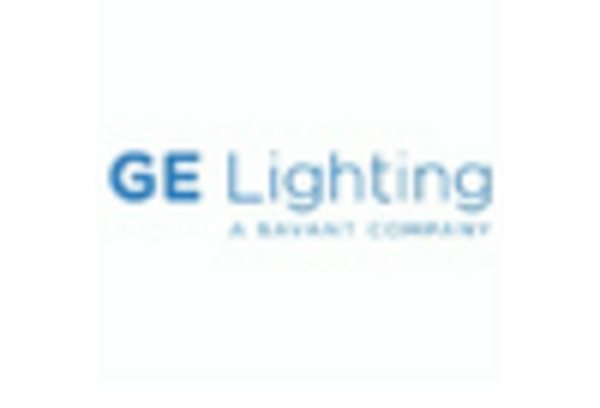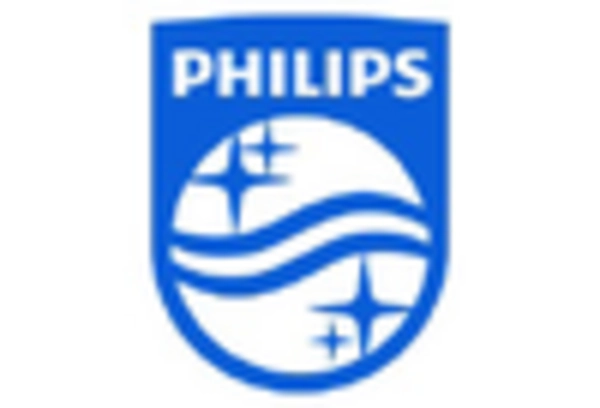Market Analysis
In-depth Analysis of Plasma Lighting Market Industry Landscape
The plasma lighting market has witnessed dynamic shifts in recent years, reflecting the evolving landscape of lighting technology. Plasma lighting, known for its efficiency and versatility, has become a key player in the market dynamics. One of the primary drivers of this market is the increasing demand for energy-efficient lighting solutions. As traditional lighting sources, such as incandescent and fluorescent bulbs, face scrutiny due to their high energy consumption, plasma lighting emerges as a more sustainable alternative. The market dynamics are also influenced by the growing awareness of environmental concerns and the need for eco-friendly lighting options. In addition to energy efficiency, the plasma lighting market is characterized by its superior performance and longevity. Plasma lights boast longer lifespans compared to traditional bulbs, reducing the frequency of replacements, and contributing to lower maintenance costs. This aspect has attracted both commercial and residential users, creating a significant demand for plasma lighting solutions. Furthermore, the market dynamics are shaped by advancements in technology, leading to the development of compact and more cost-effective plasma lighting systems. These innovations have made plasma lighting more accessible to a broader consumer base, fostering market growth. Government initiatives and regulations also play a pivotal role in the market dynamics of plasma lighting. Many countries are implementing policies that encourage the adoption of energy-efficient lighting technologies to address energy conservation goals. Subsidies and incentives provided by governments to promote the use of plasma lighting further contribute to the market's expansion. These regulatory measures create a conducive environment for manufacturers to invest in research and development, leading to continuous improvements in plasma lighting technology. The competitive landscape within the plasma lighting market is marked by the presence of established players and emerging entrants. Established companies often focus on expanding their product portfolios and enhancing product features to maintain a competitive edge. Meanwhile, new entrants leverage technological innovations to introduce disruptive solutions, challenging traditional market leaders. This competitive dynamic fosters an environment of innovation and drives the evolution of plasma lighting technology. Global trends, such as smart lighting and the Internet of Things (IoT), have also influenced the market dynamics of plasma lighting. Integration with smart lighting systems allows users to control and customize their lighting preferences, contributing to increased adoption. The ability of plasma lights to seamlessly integrate with IoT platforms for enhanced connectivity and automation aligns with the growing demand for smart and connected solutions, further propelling market growth.
















Leave a Comment